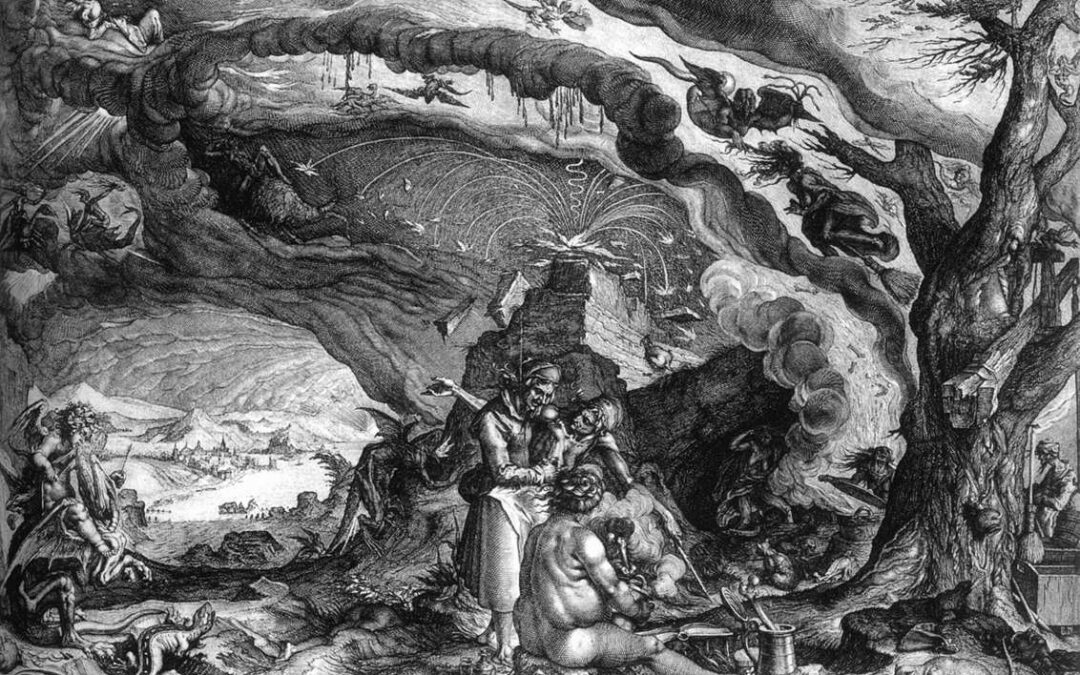This monumental work was composed by Berlioz in 1830, just a few years after Beethoven’s death. At that time, Berlioz was an unknown 26-year composer who had fallen madly in love with an Anglo-Irish actress, Harriet Smithson, whom he had seen in the Parisian theater performing Shakespeare. He tried, but failed, to win her attention.
In despair, he poured out his soul in this symphony – a semi-autobiographical tour-de-force – which was revolutionary in its musical impact. Written in five movements, this “fantastic symphony” describes the dreams and imaginings of a love-sick young artist who, despairing of attaining the object of his love, has poisoned himself with opium. He sees visions in the form of musical imagery. His beloved is represented by an “ideé fixe” – a graceful melody which appears in every movement. The ideé fixe binds all of the movements together, although it appears in different guises in each.
A brief description of the movements follows, based on Berlioz’ own programmatic notes:
I. Dreams and Passions: The young artist reflects on his melancholy, despair and anguish; his joyous elation when he sees his beloved, and the volcanic love she inspires. After a somber opening tinged with melancholy, violins and flutes open the passionate allegro section and introduce the ideé fixe. Delirious anguish and furious jealousy intrude, giving way to re-awakening love and, at the end, religious consolation.
II. A Ball: He finds his beloved amid the tumult of a festive ball; the ideé fixe is glimpsed amid the gaiety.
III. Scene in the Country: He imagines himself in the country on a summer evening, hearing shepherds’ pipes play the “Ranz des Vaches” to call in their flocks. The pastoral scene gives him a feeling of calm contentment. Suddenly, thoughts of his beloved intrude; his heart lurches, and he has grim forebodings should she betray him. A solitary shepherd plays his tune again without answer, giving way to distant rolling thunder and silence.
IV. March to the Scaffold: He dreams that he has killed his beloved, has been condemned to death and is being led to the scaffold through a jeering mob. A solemn march interrupted by wild passages accompanies him. At the scaffold, he hears the ideé fixe for an instant – which is interrupted by the death blow.
V. Witches’ Sabbath: He dreams he is at an eerie gathering of horrible spirits, sorcerers and monsters who have come to attend his funeral. There are strange cries, groans, shouts and laughter. His beloved has been transformed into one of the revelers; a raucous clarinet plays the ideé fixe as a grotesque parody. She is gleefully welcomed and joins the infernal orgy. Funeral bells toll; low brass and bassoons play a parody of the “Dies Irae” from the mass of the dead. The witches begin their round-dance, heralded by different instrument choirs. The witches’ dance and the Dies Irae come together in a delirious finale, bringing this “fantastic symphony” to an end.
For Berlioz, the story did not end there. In 1832 he finally met Harriet Smithson – and married her a year later.
Symphonie Fantastique
By Hector Berlioz






